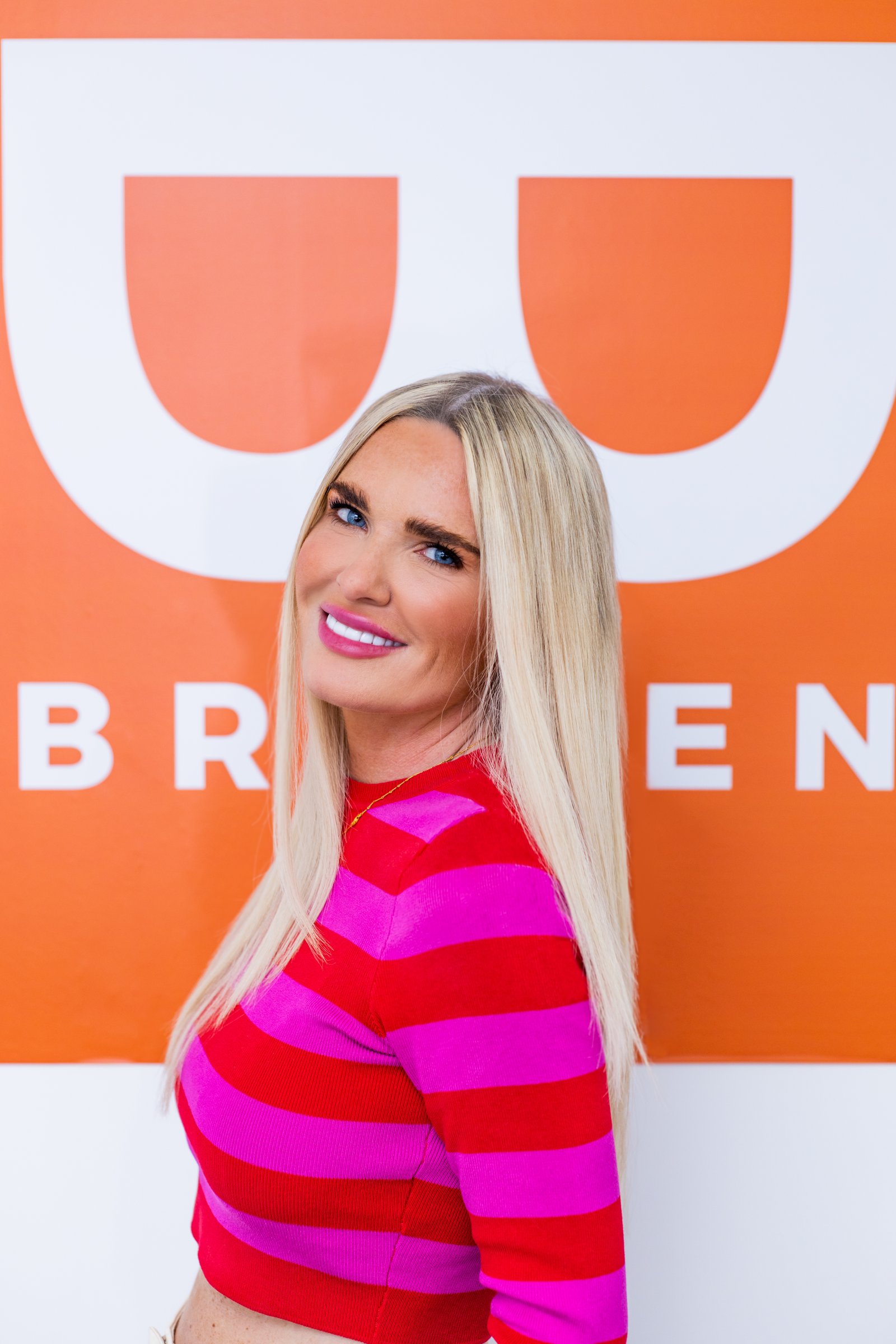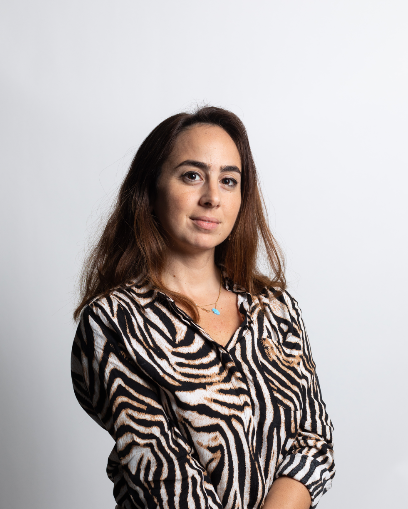The Power of Visual Communication in the Digital Age
By Baris Gencel, Founder and Executive Creative Director of Chalk and Cheese

The first cave paintings date back to prehistoric times, beginning roughly 40,000 years ago. The image that I am sharing here is from Lascaux, one of the most famous cave paintings located in France. For me, this is one of the most ancient and greatest example of visual communication. Humans by nature are very visual animals and have been communicating this way since the beginning of time. Visual communication is an instinctive way of communicating with one another.
Images are powerful – our memory for pictures is remarkable and images are remembered more clearly than words. Let’s look at the some examples.
This is possibly one of the most powerful photos ever taken. Who doesn’t remember this? Or rather, who can ever forget it once seen?

Take this globally renowned image

All these visual works contain enough information to convey many sentences. They are memorable, make us think, feel and capture our gaze.
In 2015, Leica was one of the big winners at the Cannes Lions Festival of Creativity, winning a Film Lions Grand Prix for the “100″ via La Vida Leica short film. This two minute advertisement, which was made in celebration of Leica’s centennial, takes the viewer through a reinterpretation of the 20th century’s most iconic and powerful images.
What about Visual Communication in Marketing?
Here are some great recent campaigns. Simple minimal text and and with good craft in art direction.


The one at the top right right is for a Japanese knife brand and doesn’t need to say “my knife is best” but shows you how the knife cuts with precision via an artfully carved piece of salmon. It is very clean visually and eye catching too.
In Effective Advertising, words are not the only way we can communicate ideas and feelings. A more important weapon is the visual. A picture in a print ad captures more than twice as much information as a headline does. In fact, research shows that 90% of the information that sticks in our brains is visual.
10% of people remember what they hear.
20% of people remember what they read.
But 70% of people remember what they see and do.
It’s more than just that. Visuals are processed 60,000 times faster than text, and It’s also true that 93% of our communication is non-verbal.
What about today?
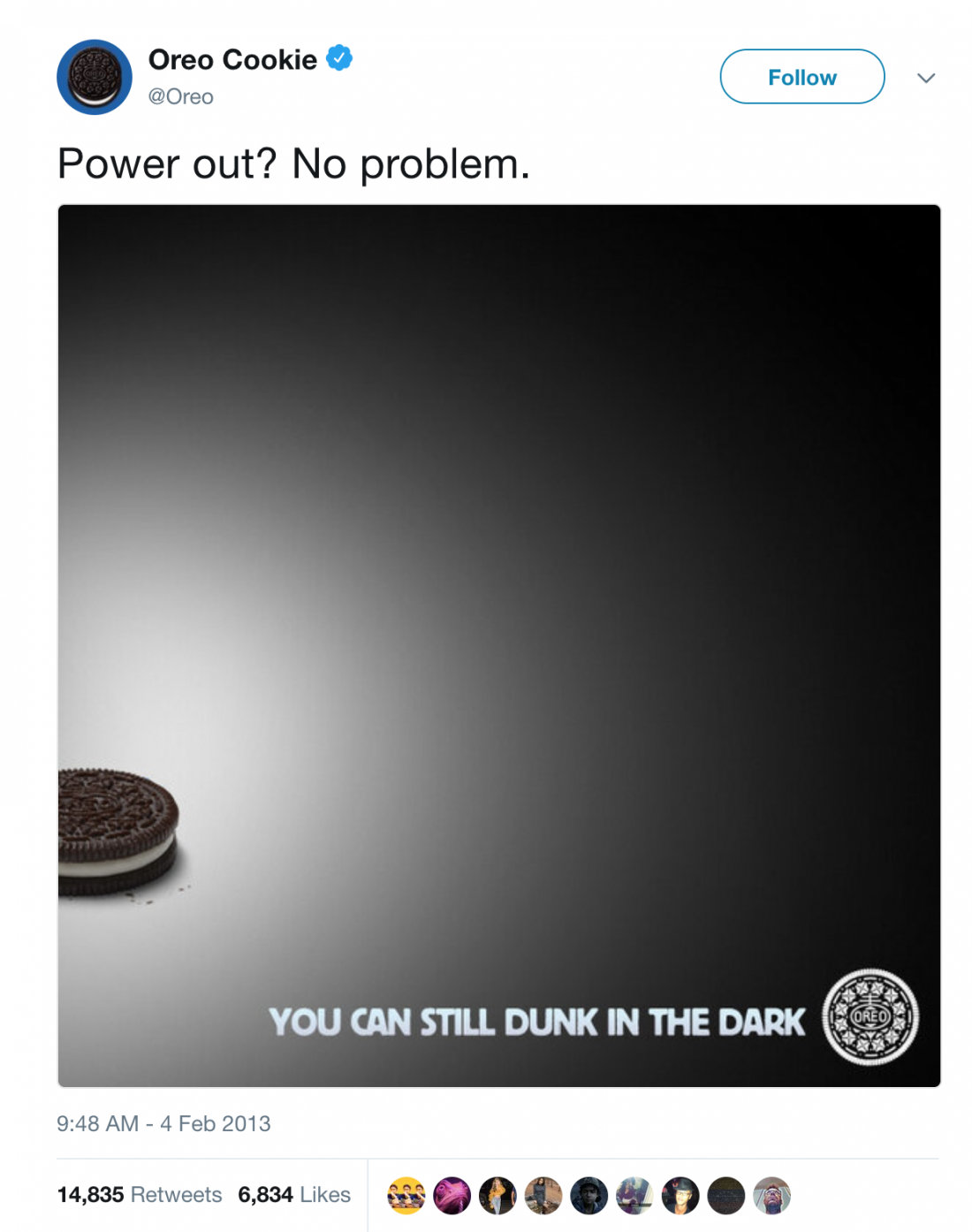
Above image from Oreo, the NFL champion for the year. During the game, a blackout turned off power in the Mercedes-Benz Superdome, where the game was being played. At 8:48 p.m., Oreo tweeted one of the most impactful visuals with a simple line.
In a world that has become totally digital, are we becoming more like Neanderthals?
During the last few years, humans have been changing. Interestingly, our visual intelligence is actually increasing while verbal intelligence is on the decline. According to UCL study, the way we communicate is becoming more caveman-like. Modern man is moving more towards a “pictographic form of communication”. Professor John Sutherland from University College London embellishes this when he says:
“This harks back to a caveman form of communication where a single picture can convey a full range of messages and emotions.”
On average, a person is distracted after just 8 seconds.
With all these new forms of media on digital platforms and social media, our attention spans are changing too and we have so many distractions. Imagine looking at Weibo, Facebook, WeChat and Instagram with many incoming messages all at the same time. Our attention span is shortening and we are becoming less patient than ever before.
As we can see, today’s fastest growing social media platforms are visual-based. This number is increasing and 84% of communication is visual-based too.
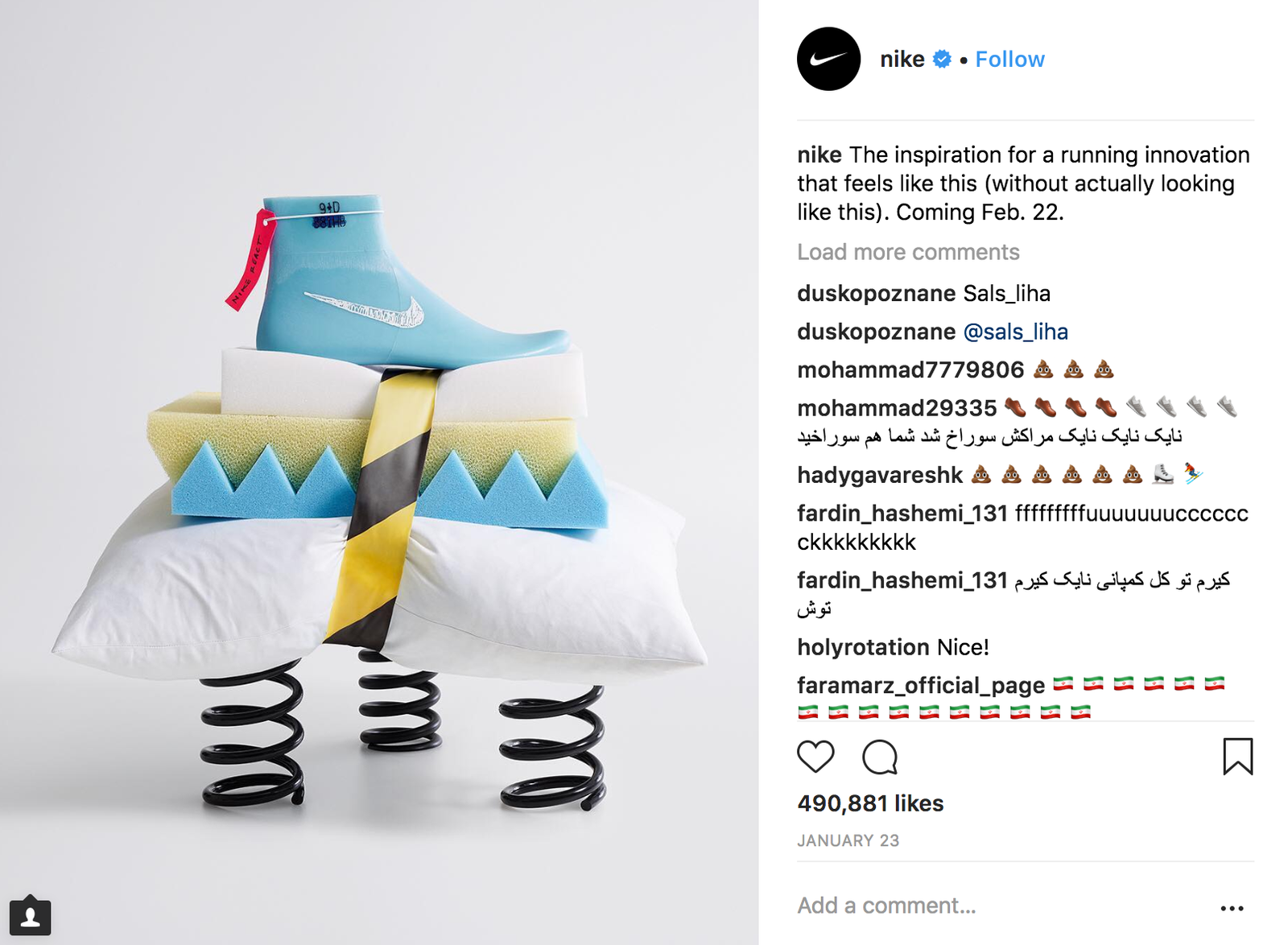
Let’s look at some of the numbers according to Instagram: users share an average of 95 million photos and videos per day. The most followed brand (besides Instagram itself) is National Geographic, with 87.5m followers and counting.
Instagram clocks up 3.5 billion likes every day and the usage has doubled in the last two years. 48.8% of brands communicate on Instagram. By 2018, this is predicted to rise to 70.7%. If we only look at the top 100 brands in the world, 95% have an Instagram and Twitter account.
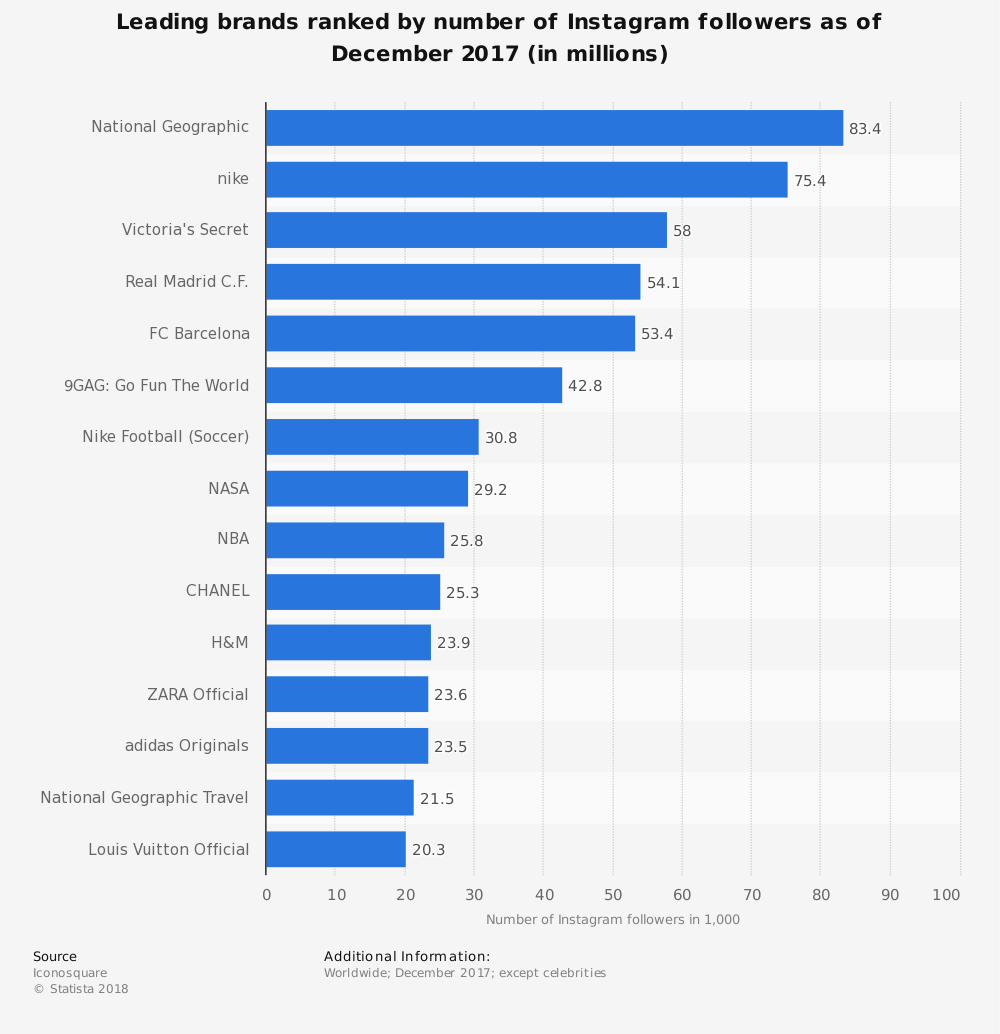
But is it enough to just do visual communication?
We are in a digital age where the need to deliver the right visual communication is stronger than ever. This means we have to be consistent on all platforms, while keeping the fundamental basics of branding.
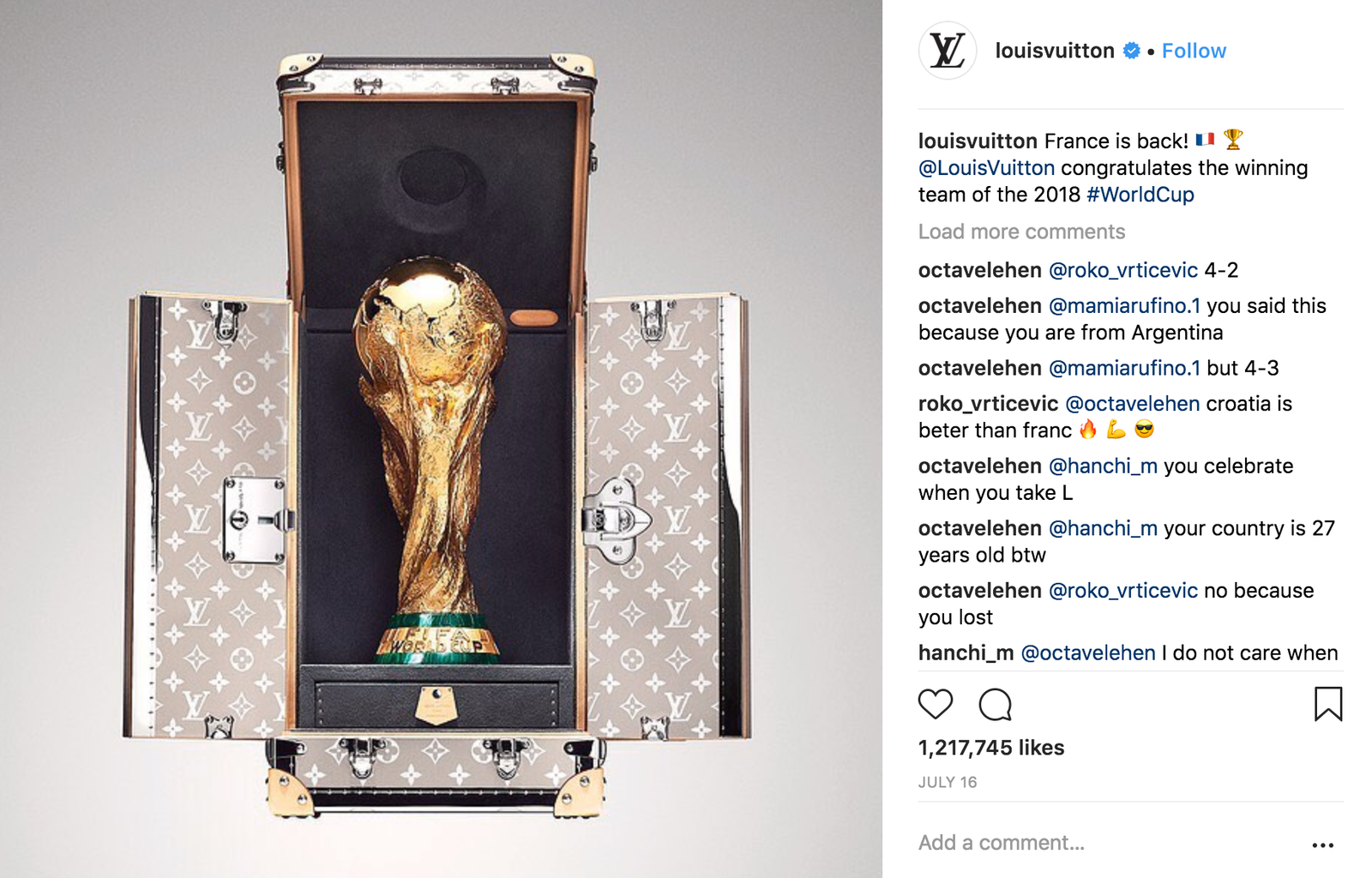
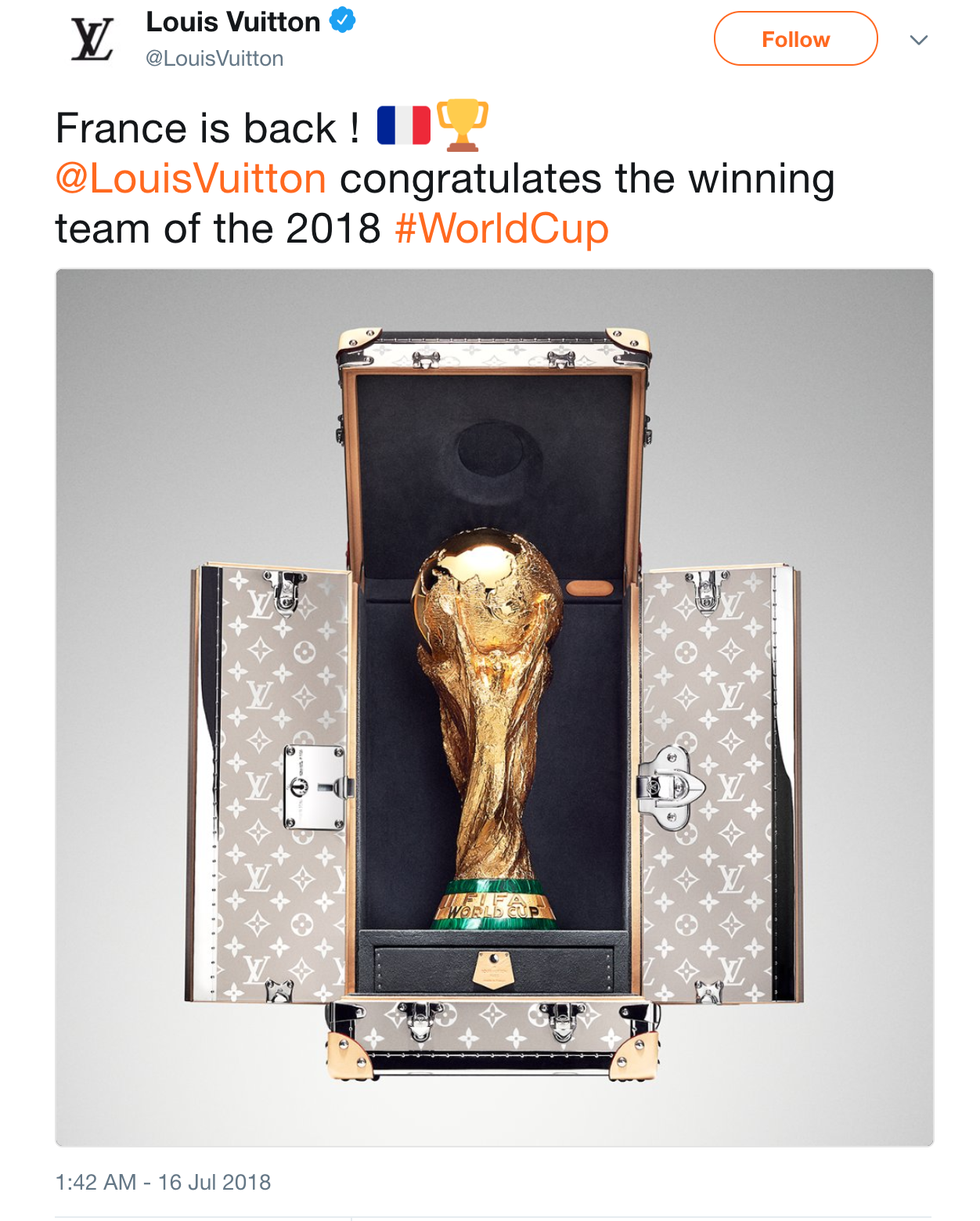
Visual storytelling has become the most meaningful form of marketing, but many images on social media do not reflect brand image and positioning due to various factors ( produced too quickly, lack of quality control, etc.)
The major problem we are facing now is not only how to be more visual based in our marketing approaches but also how to do it right while building a consistent brand image. The demand of speedy updates is creating a mess on social media, and brands are suffering from inconsistent branding as well as incorrect ways of building a brand image. That’s why the need to use the Right-Visual communication approach is stronger than ever because It takes less than a few seconds to form a first impression! So fast that it can either cause a disaster or become an art piece for renewing brand perception / brand image/ brand positioning.
As I mentioned above, we must have a caveman simplicity in communication as we become more digital and must remember the basic fundamentals of branding, applying them insistently . Basics have become more important than ever and excellence in visual communication is now the most important factor in the digital age.


